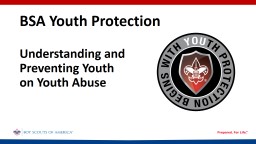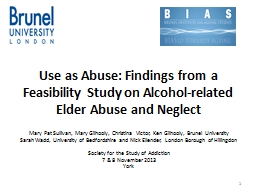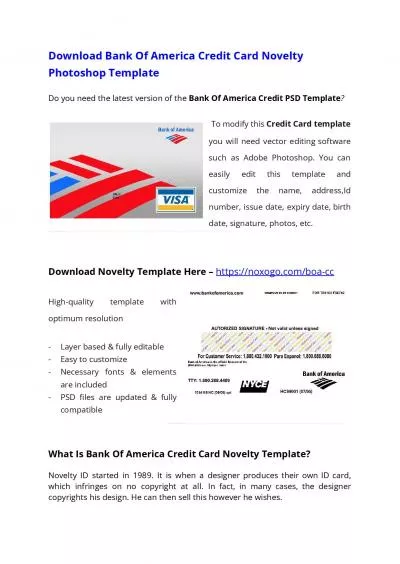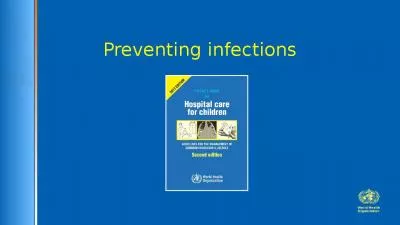PPT-Preventing P-Card Abuse:
Author : cheryl-pisano | Published Date : 2018-10-21
Automated Monitoring amp Resolution of Card Misuse July 2014 Introduction CaseWare Profile Current State in Higher Ed Purchasing Card Process Monitoring PCards
Presentation Embed Code
Download Presentation
Download Presentation The PPT/PDF document "Preventing P-Card Abuse:" is the property of its rightful owner. Permission is granted to download and print the materials on this website for personal, non-commercial use only, and to display it on your personal computer provided you do not modify the materials and that you retain all copyright notices contained in the materials. By downloading content from our website, you accept the terms of this agreement.
Preventing P-Card Abuse:: Transcript
Download Rules Of Document
"Preventing P-Card Abuse:"The content belongs to its owner. You may download and print it for personal use, without modification, and keep all copyright notices. By downloading, you agree to these terms.
Related Documents














